Invest In Assets That Compound

Writing this on the same day that Apple announced its new (insane, bonkers, extraordinary, unbelievable) line of MacBook Pro's seems...serendipitous?
In this chapter, we'll talk about the last thing to consider in this section on financial mastery, where to invest your time and your money.
In short:
Invest in assets that compound over time.
Let's define what an asset is and then dive into why it will benefit you to have this framework for your business.
Definition of an Asset
Technically speaking, an asset can be defined this way:
An asset is a resource with economic value that an individual...owns or controls with the expectation that it will provide a future benefit. ... An asset can be thought of as something that, in the future, can generate cash flow, reduce expenses, or improve sales.
(From Investopedia.com)
Important in that definition is the bit about providing future benefits. Assets can bring in cash flow, they can create efficiency, or improve the cost for a result.
It's always interesting to me, however, how these definitions easily apply to a business that has products or manufactures things, but not to creative businesses that may be purely digital projects or services.
What would a photographer consider an asset? Well, their camera would easily apply as it allows them to create cash flow, right?
The same could be said for their computer which they use to edit the photos. Both are items that they, or the business, owns, and create that "future benefit".
A musician may consider their instrument(s) as an asset, possibly even their car that they use to travel to gigs and shows.
What about that new lens?
Or an upgraded computer? Or new car?
This is where it gets interesting to me, and why I want to focus less on physical assets for digital businesses, and more on digital assets that provide creators "a future benefit..."
Higher Level Assets - Things That Compound On Their Own
For the sake of this chapter I want to focus on digital assets that can compound over time, meaning the more that you have the more they work together to create even more "future benefit".
Assets that you can own completely, that can be created once and sold an infinite number of times without your direct involvement in each sale.
Some examples include:
- stock photos that can be sold or licensed
- music recordings that can be sold or streamed or licensed
- books that can be sold to interested readers
- online courses that students can enroll in
- a paid newsletter or community that anyone can subscribe to
These digital assets can be created in a way that allows them to be sold in an automated fashion – whether by you or by others – and the more that you make the easier it is to make more and more from those assets.
If an average stock photo makes you $10 per month, then 100 of them would make you $1,000 a month, and 1,000 of them would make you $10,000 per month.
They compound because when someone discovers one of your photos, they may look at your entire profile and purchase more. This compounding only happens if you have many assets as opposed to just one or two.
Musicians with a deep library of albums can benefit from the compounding as well, when someone discovers their song on a playlist from Spotify or Apple music, they click through to their profile to listen to more music, which leads to more streams and purchases.
When I started Craftsman Creative I wanted to put this framework to the ultimate test - by only creating assets that compound.
I didn't offer any services. I didn't offer any physical products. Only digital assets that compound the more that I produced.
I started with two of my own courses. While they didn't produce much revenue when I launched them in April of 2020, they're now assets that I can link to in my email courses and newsletter.
The more people that subscribe to those assets, the more that people discover my courses and purchase.
They compound because of how well they work together in the business.
Since that time, we have produced more than a dozen other courses that all compliment each other - multiple hand-lettering courses, multiple photography courses, and multiple business courses.
When someone purchases one, it's easy to tell them about the others that they might be interested in, and some people buy.
All of this happens automatically without any direct involvement in each sale.
Tens of thousands of dollars per month that all happens with or without me.
When I was producing a movie for two months in April & May of 2021, I didn't spend any time on Craftsman Creative. (I don't recommend ignoring your business for two months, by the way.)
But during those two months, this is what happened with course sales:
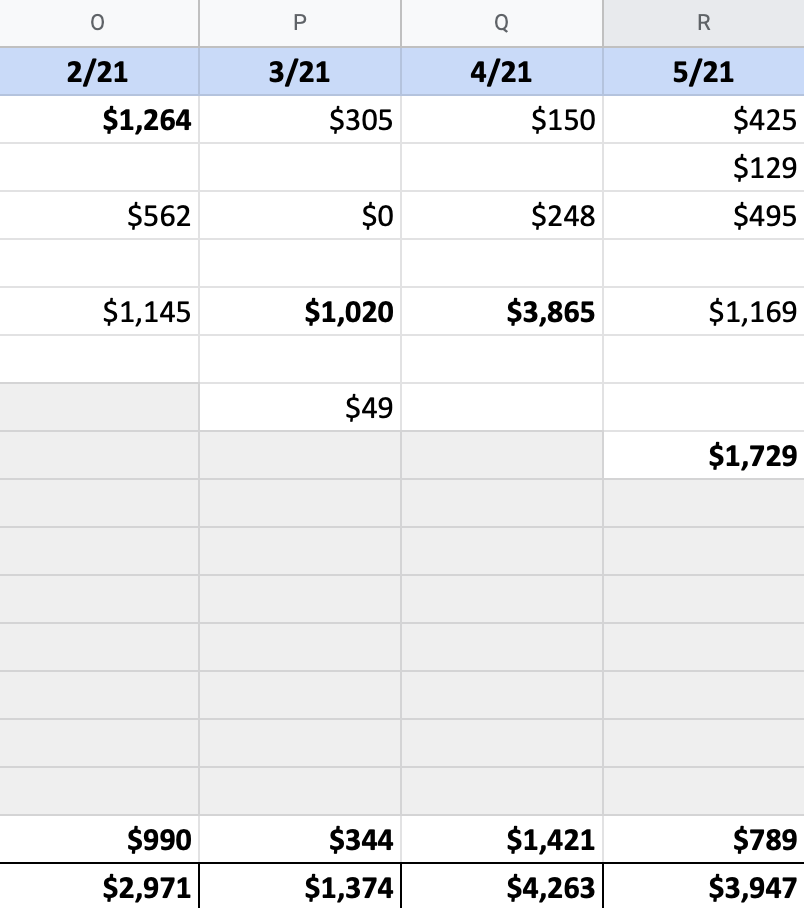
Over $12,000 in the four months that I was working on the film, and over $8,000 between April and May that I didn't touch Craftsman Creative.
Crazy.
That's the power of owning assets that can compound over time and be sold in an automated fashion.
Again - I sold more in two months of not working on the business than in the previous two months where I was working on the business part-time.
The more time and money I invest in creating more courses, the more money the business makes each month because there are more assets that I own that people are purchasing each month.
I'm doing everything I can to live this principle and share the results with others because I believe that it's the right next step for creators who have most of there revenue come from projects and "time for dollars" work.
Musicians can go from just playing gigs and add selling and licensing their music.
Photographers can sell their photos to their clients as well as license stock photos that bring in recurring revenue.
Writers can self-publish a book compiled from their best articles and essays on their blog. That's essentially what James Clear did to go from a niche author to a household name with his book Atomic Habits.
Designers can sell their work on Gumroad like Tr.Af did with his icon sets.
1. Share my iOS home screen setup
— Traf (@traf) September 21, 2020
2. Notice some crazy interest in the icons
3. Design icon set, and upload it to @gumroad
4. Create a website on @notionhq using @super_
5. Make $5,264 in my sleep, all from ~2 hours of work
The internet is wild. pic.twitter.com/BSOq0rosVg
He ended up making not just $5,264, but over $25,000 in two days.
That's a massive "future benefit" created by a single asset that still sells to this day.
The question for you, now, is "what assets are you going to create for your business?"
Think about the digital thing that you can make and sell.
Then think about how you can get it in front of your audience in an automated way.
You can use an email automation app like ConvertKit to deliver emails automatically to new subscribers.
You can link to it in the bio of your emails or your social media accounts.
You can set up a free store for your digital products (books, music, photos, art) using Gumroad.
Start small with something simple that you can charge $X for. Then add more, then use the Sales Ladder (covered in the section on Sales) to add $XX and $XXX assets in the same way.
How To Create Compounding Assets
It's important to create assets that compound, not just a suite of disconnected products.
Compounding occurs when you have either more of the same type of product or create complementary products.
The reason for this is two fold:
- what happens when someone new discovers your work
- what happens when you announce something new to your existing audience
When someone new discovers your work, they may just buy a single product but they will often click around your site to see what else you sell.
If they enjoyed the first book, it's likely they'll enjoy your other books.
If they liked one song, they'll likely enjoy all of your music.
That discovery then helps people become fans who purchase more of your work.
Then, if you've set it up properly with an email list or some other way to connect with and reach your audience, when you release something new your existing fans are the most likely to buy it.
Tiny Little Businesses launches new products and courses every year, sometimes just updating an existing product with new information or structure.
Most of their enrollments come from people who have previously purchased courses in the past or have been on their email list for some time - often years.
Holly Homer initially created a massive blog that shares activities for kids. She now regularly gets 10 Million (yes, million) visitors a month to her site.
She expanded that by offering complimentary products - books, a coaching business for others wanting to build an online business, and a bundle of online courses.
Each of these products came from the demand of her audience. They told her what they wanted to learn from her, and she created products around those desires that now sell automatically because of how she's set up her business.
This isn't just for people making millions of dollars and have millions of fans.
You can start with a single product, even if you are just starting out on your creative journey.
Everyone starts at zero. I encourage you to take the step to do one of the best things you can do for your financial future and create an asset that can compound over time.
Doing so allows you to escape the rat race of starting each month at zero and hoping to find enough projects and gigs to cover your expenses.
Even an extra $100 means you're starting that much ahead each month. Then you add another and another, and things start to compound.
You're then starting each month at $500, then $1,000, then multiple thousands of dollars.
Imagine your business making $10,000-20,000 per month just from these digital assets.
What would that feel like? What would that free you up to do, to create, to experience? How would it change your life?
In order to get there you have to start with one, then another, then another. Then you optimize the process of selling these assets (which we'll cover in the last section on Systems and Leverage).
Start small, start now.
Come up with a product that you can create in a day or two, put it up using the links in this chapter, and tell your audience about this new thing you made and how it will make them feel or how it will benefit them.
This framework is one of the biggest things I wish I'd learned early in my creative career, and I'm excited to be able to share it with you in this book.
NEXT CHAPTER >

< PREVIOUS CHAPTER
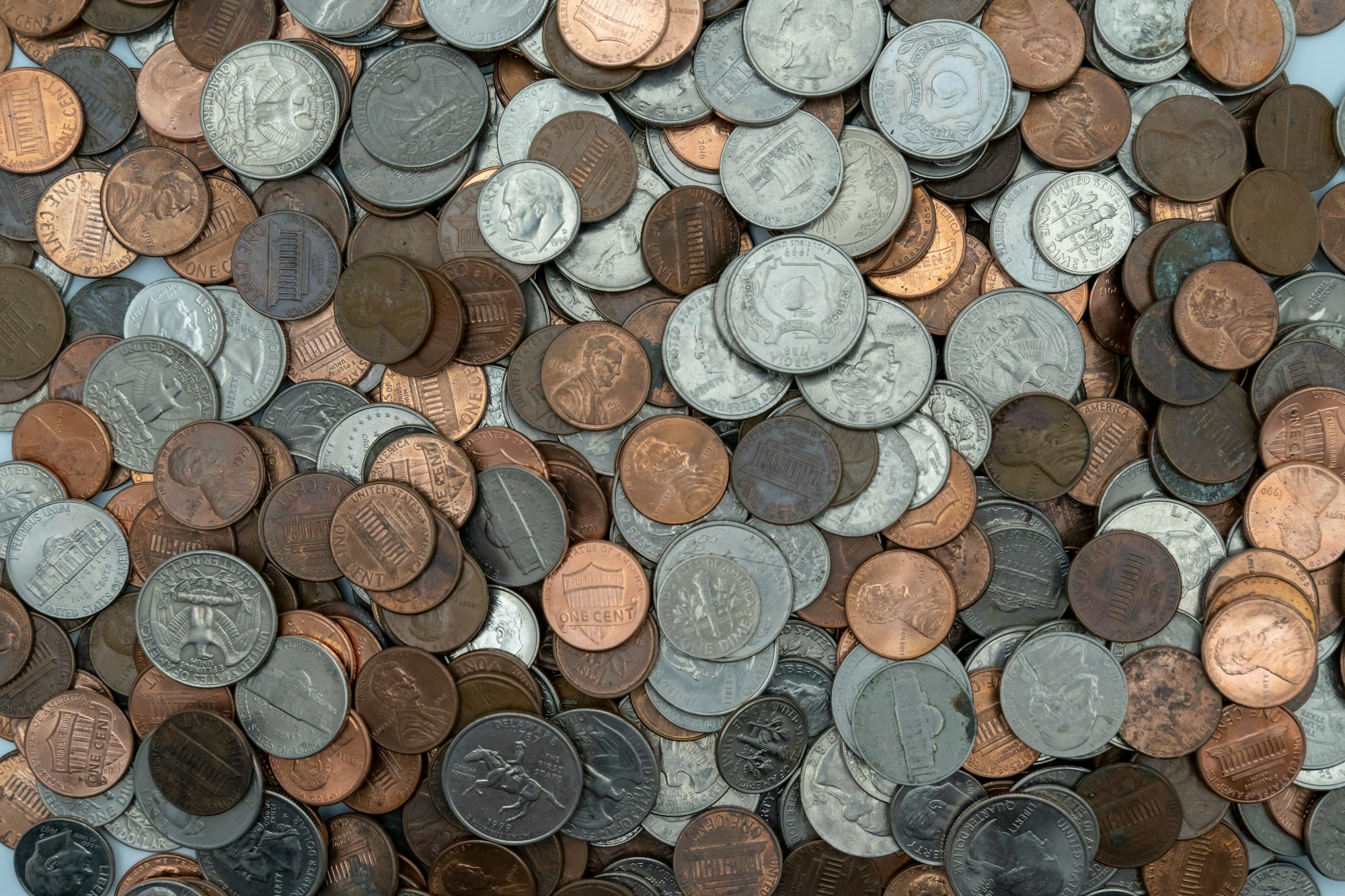


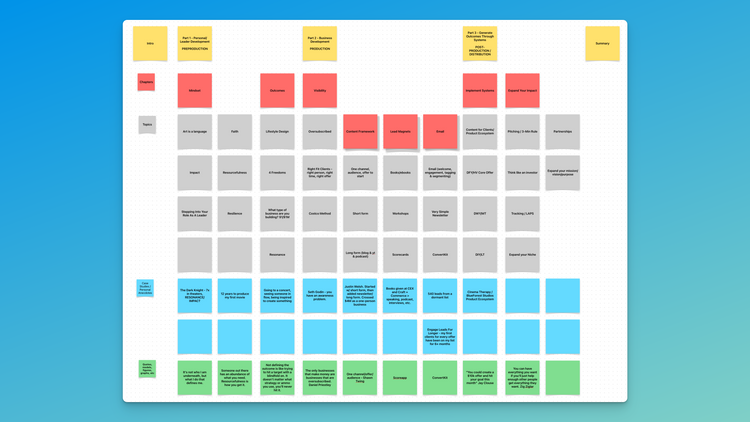

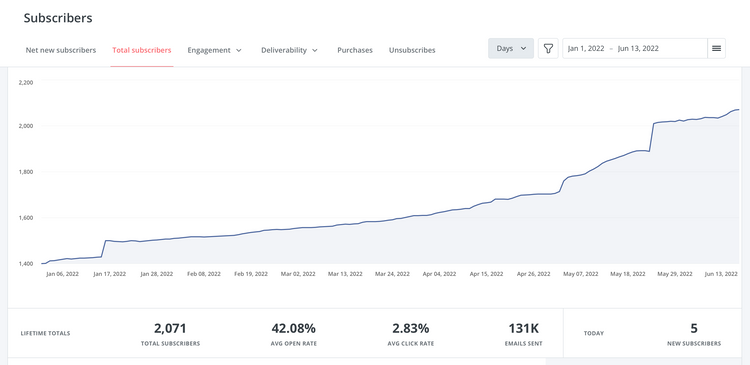
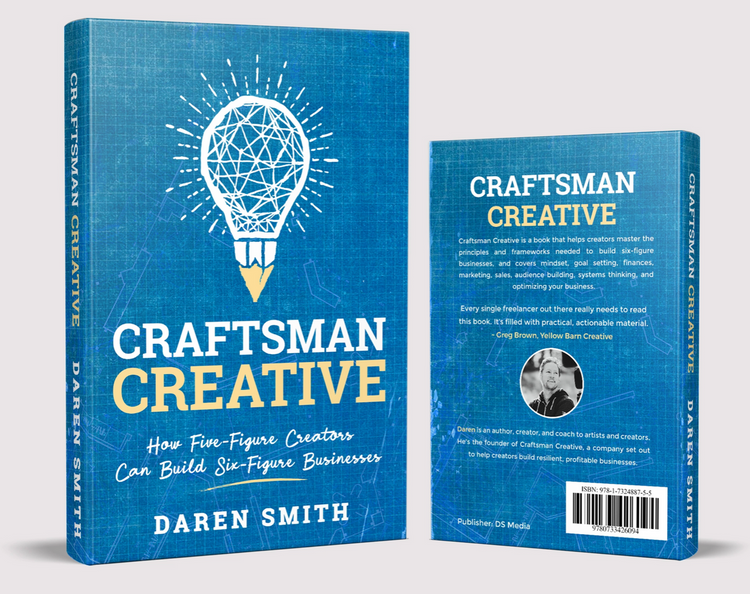
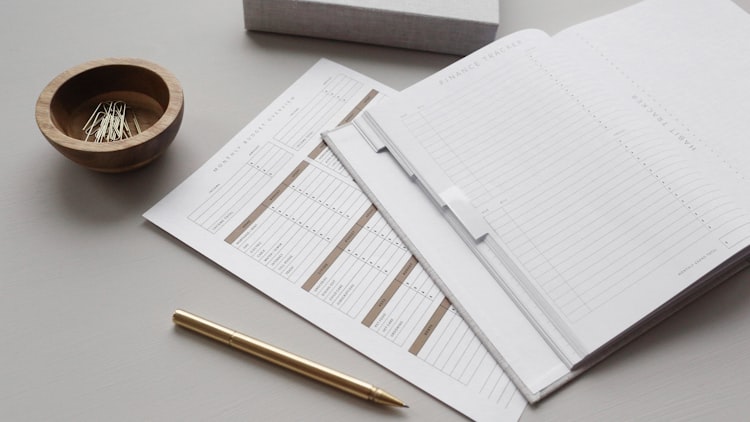
Member discussion